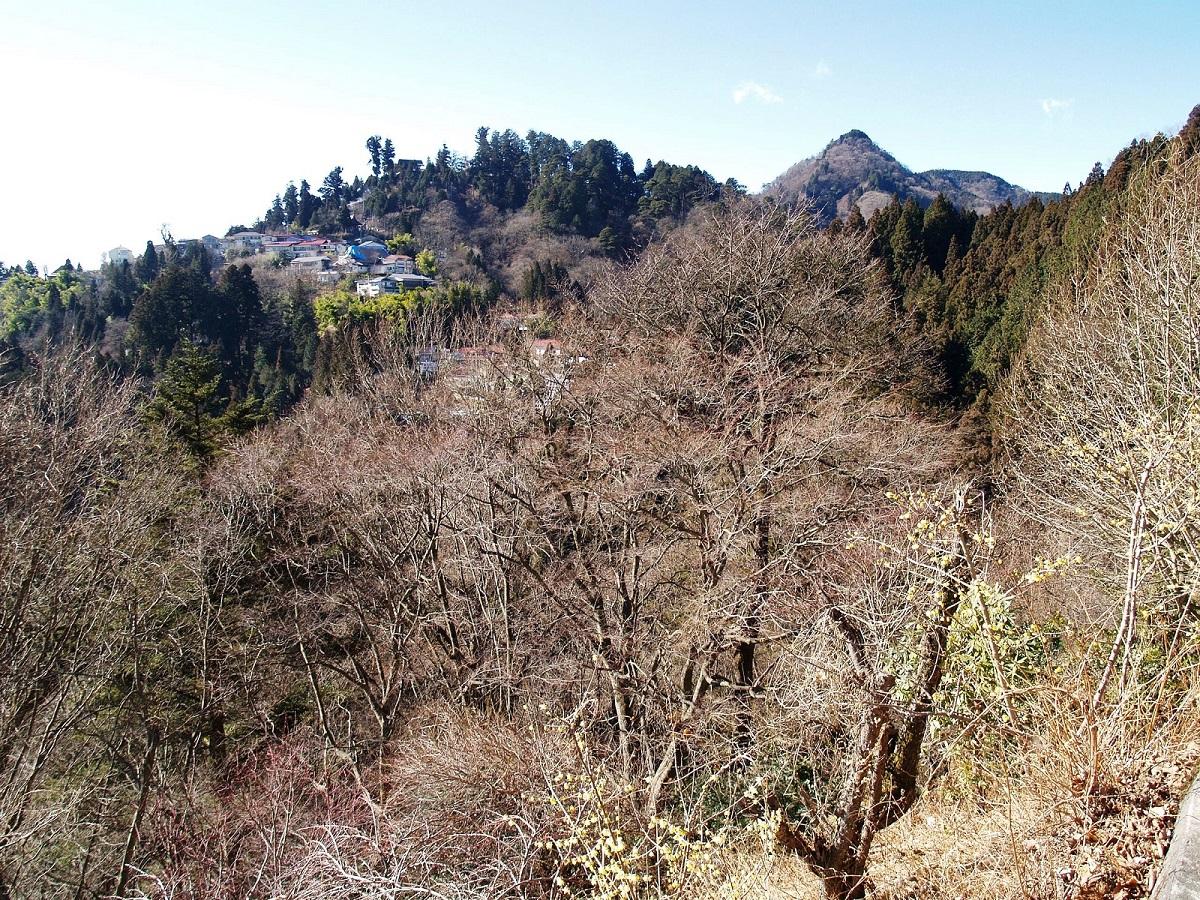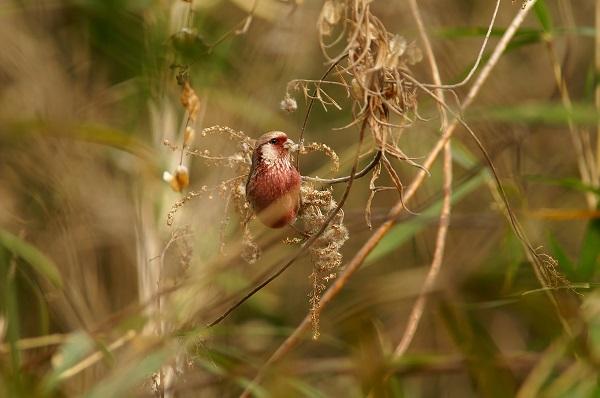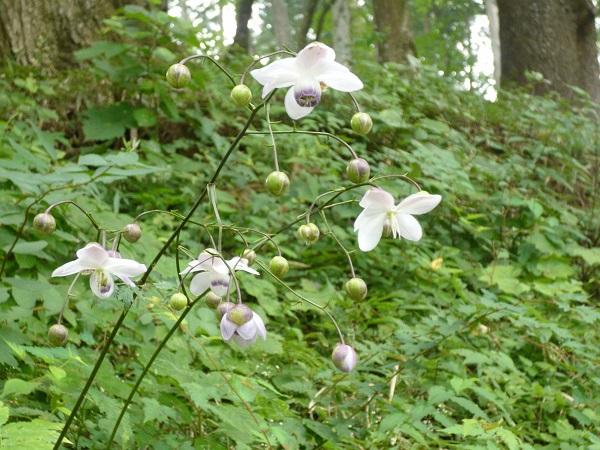Wildlife of Mitake and Hinode

Blue-and-White Flycatcher
This bird is about the same size as a sparrow and can often be seen singing at the tops of trees growing on the banks of mountain streams. Even amongst the wild birds inhabiting Japan that have beautiful voices, the birdsong of the blue-and-white flycatcher is considered one of the three most beautiful. This bird can be seen during the summer at the Rock Garden at Mt. Mitake.

Long-Tailed Rosefinch
Similar in size to the sparrow, males of this species are red and females are brown. The long-tailed rosefinch's diet consists of young tree buds and the fruits of plants in open grassland and farmland. This bird appears rarely. If you hear bird song composed of short whistles it may be a long-tailed rosefinch. On Mt. Mitake, you can sometimes see this bird around the village in winter.

Japanese Giant Flying Squirrel
The Japanese giant flying squirrel is a mammal of the family Sciuridae. This squirrel is nocturnal and lives in trees. It glides between trees by using the flaps of skin between its legs. It can grow to a length of 34 to 48 centimeters (13 to 19 inches) from its head to the base of its tail, and weighs approximately 1.2 kg (2.6 pounds). This natural park retains an abundance of nature. Its diverse woods that consist of scrubs and forests make it an important habitat to the large population of Japanese giant flying squirrels. The Japanese giant flying squirrel can be observed in the village or around Musashi-Mitake Shrine on Mt. Mitake. Nature observation sessions are conducted by the Mitake Visitor Center.
Shortia
The shortia produces pretty pink flowers with glossy, fan-like leaves. This plant grows in steep rocky places. On Mt. Mitake, you can see these flowers at Okunoin and on Mt. Takaiwa in the spring from late April to early May. These flowers, which bloom on the rocky ridges, are popular among the many visitors that come to this natural park.

Toad Lily
Glimmering above the clear water, this yellow flower adds color to the rocky areas on the banks of mountain streams. The toad lily (Tricyrtis latifolia) can be seen in the Rock Garden on Mt. Mitake from early to late August. Galium kinuta and Vicia bifolia can also be seen here. Conandron ramondioides grows near the stairs leading to Tengu-iwa (Tengu Rock).

False Anemone
Because the light purple flowers of the false anemone (Anemonopsis macrophylla) bend slightly downward, it is recommended that you look at them from below. These flowers have a beautiful white and purple gradation. Tens of thousands of these flowers can be seen in the summer from early to late August at the Fujimine Picnic Site in the Mt. Mitake area. The colony at Mt. Mitake is said to be the most impressive colony of false anemones in Japan.

Frost Flower
Frost flowers are a phenomenon that occurs on the stem of Plectranthus kameba, a plant in the Lamiaceae family. Frost flowers come in a variety of truly artistic shapes. Large frost flowers can measure up to 40 centimeters (16 inches) in height. On Mt. Mitake, this phenomenon can be observed in the village or around Musashi-Mitake Shrine from December to January.

お問い合わせ
このページの担当は自然環境部 緑環境課 自然公園計画担当です。
Related links
Mitake and Hinode
- Features of Mitake and Hinode
- History of Mitake and Hinode
- Wildlife of Mitake and Hinode
- Sightseeing in Mitake and Hinode
- Accessing Mitake and Hinode

